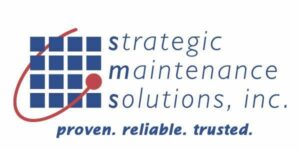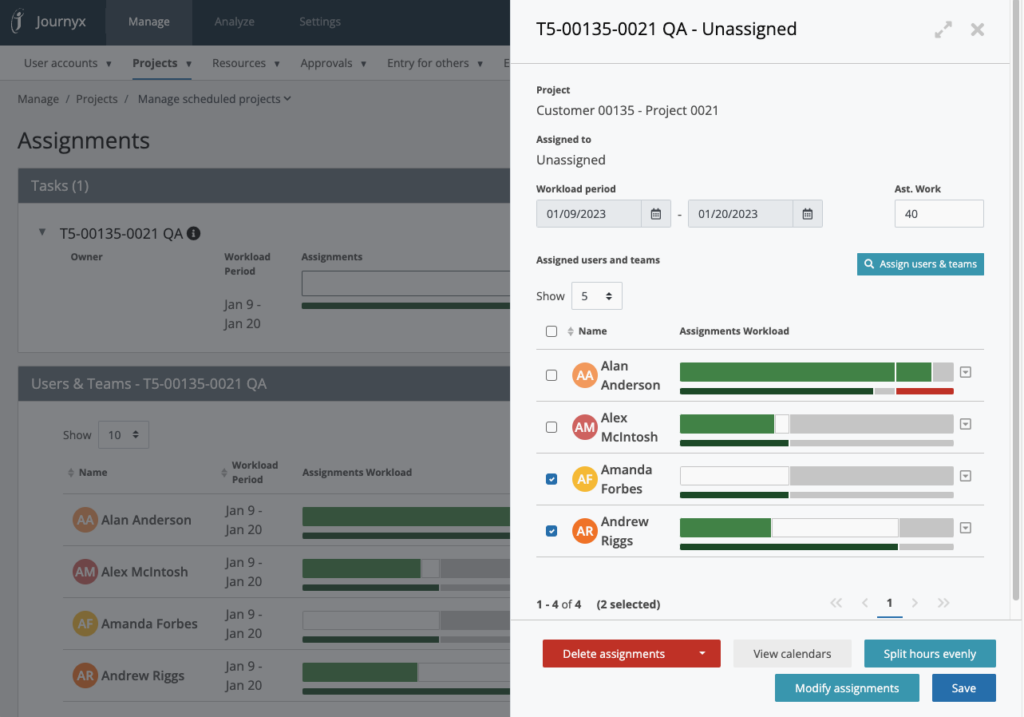6 Limitations of Using an ERP for Resource Planning
Enterprise resource planning (ERP) systems can be used as a tool to help you effectively manage resources by allowing automation of resource planning and providing real-time tracking of activities. ERP systems can help you save time by reducing errors and giving you the tools needed to analyze current conditions and share the information with employees as needed.
However, while ERP systems have many benefits when it comes to resource planning, they can’t provide all things to all organizations. If you’re considering an ERP, it’s important to know the limitations of using them in resource planning so you can develop the right solutions for your organization.
1. ERPs Can Take a Long Time to Implement
If you’re considering using an ERP just for resource planning, it may be a long time until you actually get to work with it. That’s because of the long implementation times that typically come with an ERP. It can take up to a year to install an ERP, depending on the modules that need to be developed, and then you need to train all of your employees on how to use the system.
This process can result in significant downtime and loss of business for your organization. Be sure that the time and money spent implementing an ERP will lead to long-term profits that make the investment worthwhile.
2. ERPs Aren’t Truly Customizable
ERP systems have a lot of functionality, but they are not typically customizable. How much you can tailor the specific ERP to your organization’s needs depends on the type of software used and its features. While some software companies offer more expanded features and flexibility, you may need add-ons to track the type of metrics you truly need. “Jack of all trades, master of none” often applies—in spades—to ERP solutions.
At Journyx, while we stick within standard frameworks for integration with the top ERPs, we can customize workflows, fields, data validation, and other necessary data to map the way you do business.
3. ERPs Don’t Track Time
While an ERP is designed to help you run your financials, most either a) won’t keep track of your employees’ time at all, or b) provides only basic functionality which rarely meets the needs of complex businesses today. Without time tracking, you can’t gauge the true costs of your resource use and output because you’re missing a vital cost that impacts your bottom line.
Integrating a third-party time tracking software into your ERP can ensure that you get the most accurate look at expenditures and how employee time is being used. When time tracking software is used in conjunction with an ERP, you can get a true real-time look at how your projects are progressing, how your employees are spending their time, and your most profitable projects to give you the visibility you need to optimize your business for that profitability.
4. ERPs Can Eat Up Your Budget
ERP systems are expensive on their own, and setting up the software and making sure all of your employees are trained can be costly as well. How much you ultimately spend depends on the scope and complexity of your ERP, the types of customization and add-ons required, whether you hire an ERP consultant, and how much training your team needs. You may also need to upgrade your computer hardware and network equipment to be able to handle the ERP software.
One way to keep costs down is to work with vendors that have already developed programs that can plug into whatever ERP you ultimately choose. This can help keep down the costs of customization and implementation. ERP licenses can be pricey, and when employees only need access to a few of the features offered, those costs can escalate quickly as your business grows. Software built to make it easy for your employees usually costs less per user and can help you increase adoption, saving you money, time, and headaches.
5. Training May Be Extensive
As with any aspect of your company, having employees who are trained and knowledgeable makes processes more efficient and effective. This is no different when it comes to using an ERP for resource planning. Your team must be properly trained in your specific ERP to ensure that the system works correctly and you’re getting the information you need to keep projects on track.
While it may be tempting to cut costs by not having your employees properly trained on the ERP, this will lead to inefficiencies and errors that ultimately cost you more money.
6. Your ERP Is Only as Good as Your Employees’ Input
One of the key benefits of an ERP system is the information sharing that happens between departments. If your employees are resistant to sharing information between business units or departments, that can reduce the efficiencies of the software. Whether you’ve been in business a long time or are just starting out, it’s important to get all of your employees on board with using the new technology and being transparent in the information they share. Only then will you be able make full use of your ERP system.
With these limitations and others, you may not immediately see the benefits of using an ERP for resource planning. While it may take a lot longer than you think to implement the software and train employees, the long-term benefits may make the investment worth it.
At Journyx, we can help make the limitations of an ERP less burdensome by providing easy time tracking solutions with standard integrations that are already available to plug into most of the top ERPs you’re likely to choose. For more information on how to make a time tracking/ERP solution work for you, contact us today.
Learn more about how the Journyx resource management solution can help you optimize your business and your most precious resource—your employees’ time.
Let’s Get Started. Book a Demo Today.
Journyx helps you track time for projects, payroll, and more. Learn how Journyx can help you use time to your advantage in your business.




